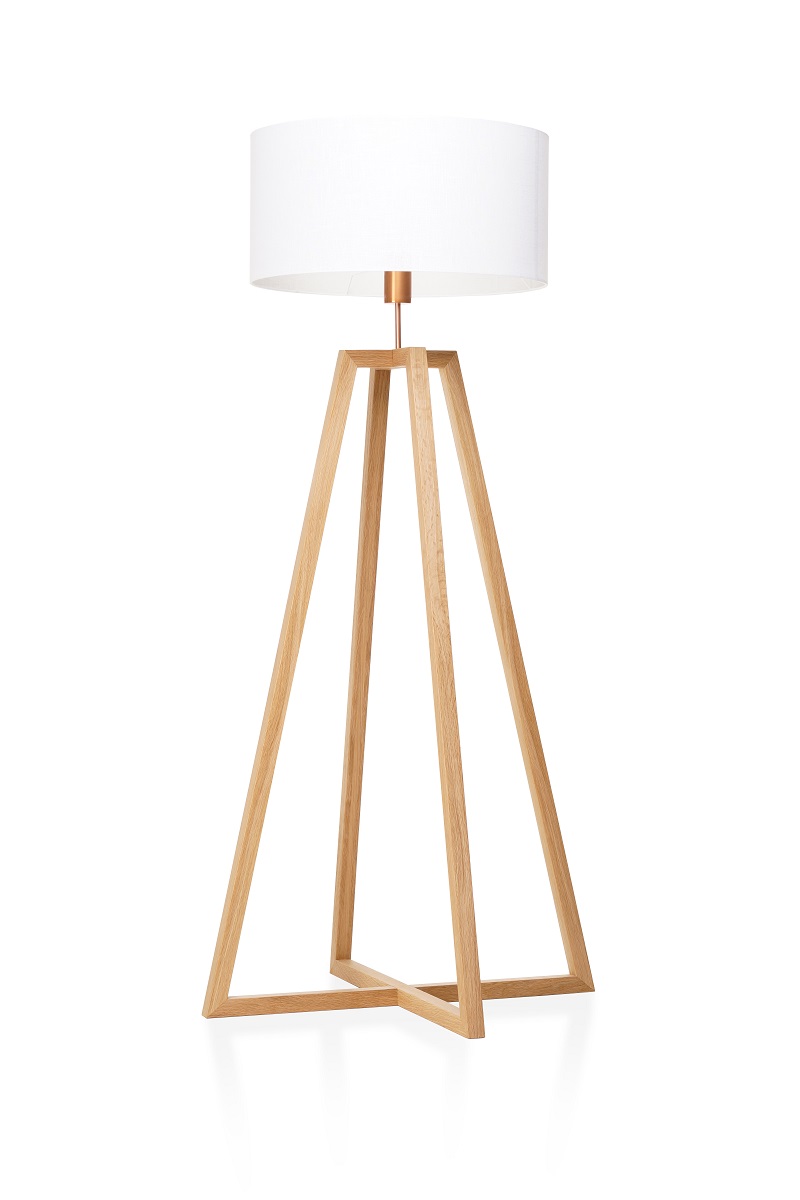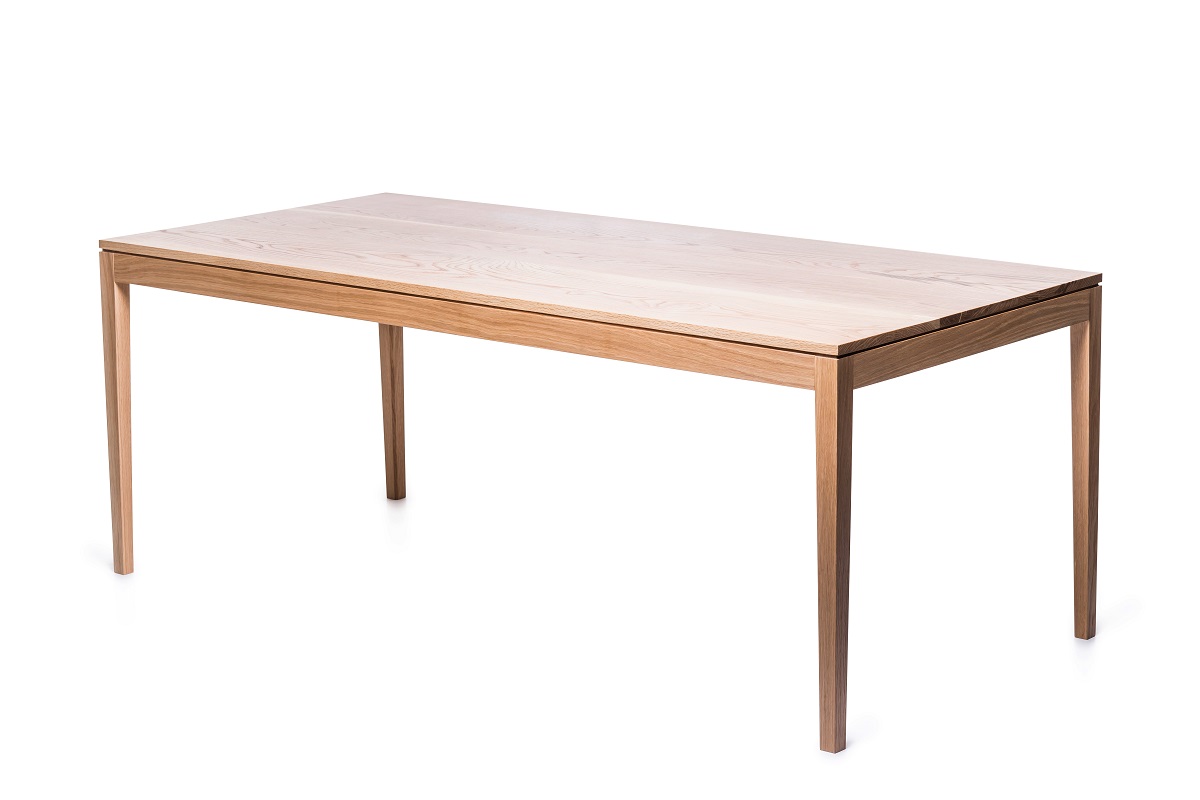Looking for something to light up your interior design dreams? Something timeless, yet modern? Something bold, yet subtle? Estonia-based HIIS Design furniture stunned us with their effortlessly elegant design furniture made sustainably, with a dash of care and love. To shed light on HIIS Design’s innovative creations, young furniture maker Tõnis-Sander Maarits opened us a door to his creative workshop...
Words: Johanna Raudsepp
HIIS Design furniture, 2016.
What’s your personal take on furniture? What makes a piece of furniture excellent?
The attractive outline, not only at the shop or in pictures, but in the interior where it’s used. Comfort and simplicity, while having down-to-the-tiny-detail design and quality combined, make a piece of furniture a great one. Something made from heart is not just another piece of furniture, but creates an exquisite experience in a room. Take a table, for example – it’s not just some thing to sit and dine at, but it creates a heartwarming shared experience with your friends and family. Good design can help enhance that feeling.
How does HIIS Design apply ethical practises in your workshop? What’s particularly important for you?
The most important thing in furniture manufacturing is that quality and timeless design [are there]. When a design piece lasts you ages, fitting in with the old and the new, it becomes an environmentally sustainable piece. HIIS Design is for someone who values quality and wants an enduring piece of furniture to bring into their interior that lasts for years. We aim to create furniture that can be the anchor-point in a room, around which you can design everything else.
As wood production can be harmful for our environment, we make sure to use FSC certified wood as our resource. For Hiis Design, it’s of high importance we use consciously produced wood to ensure forests lasts for future generations. That also reflects in our name (’hiis’ in Estonian translates to ’ancient grove’).
"We aim to create furniture that can be the anchor-point in a room, around which you can design everything else."
HIIS Design furniture, 2016.
Is there a personal story… how did HIIS Design come to be?
As a young boy, I used to make ships and other toys in my father’s wood workshop, hammer and chisel in hand. When I was 13, we moved to a new house and I didn’t have any furniture in my new room. That’s when I decided to design and make my own furniture. I made a pretty good bed, which gave me more drive to build other things, like a closet. Every summer I used to earn pocket money from furniture making and restoration. At first, in 2013, fresh out of university, I started my own custom-made furniture workshop, but I always felt like it was not enough for me to build things designed by other people. I began to experiment more with my own designs and one thing led to another, as they say. In spring 2016, HIIS Design was brought to life.
“Take a table, for example – it’s not just some thing to sit and dine at, but it creates a heartwarming shared experience with your friends and family. Good design can help enhance that feeling.”
HIIS Design furniture, 2016.
With regards to environmental protection, how do you imagine the future of furniture design?
Endurance is what makes furniture environmentally friendly. An oak table will last generations, unlike a cheap mass produced equivalent from melamine. A toxin-rich piece of furniture will last 10 years at most. But an oak table will last you until a new, baby-oak is growing, reducing environmental damage. More materials will be used, of course, and a lot of new solutions to battle space deficiency. However, we must not undermine natural materials and living in harmony with nature. I find that people are starting to value earthiness and natural things even more [in furniture design]. Families with kids, especially, want to be able to make more sustainable choices when choosing products for their homes.
If your brand has a soundtrack, then what would it be like and why?
The first song that popped up in my head was ‘Thunderstruck’ by AC/DC. Probably because I often listen to that song, when I start my day at the workshop. It creates a nice energy and gets you going for the day. But that’s only a small part of our brand. HIIS Design’s soundtrack would be ‘Spiegel im spiegel’ by Arvo Pärt (Grammy-winning Estonian composer), because when I listen to that piece I find myself in a powerful state of creativity. As the title suggests, a mirror against a mirror reflects into infinity, the same way inspiration has no boundaries.
"A mirror against a mirror reflects into infinity, the same way inspiration has no boundaries."
Where do you draw inspiration from for new pieces?
Inspiration can strike at any moment, which is why I always carry a notebook along. Even a quick sketch right there in the moment can be a life-saver of a striking flash-idea. I feel like inspiration is deep inside of us, piling up in our sub-conscience since childhood, and is often brought onto the surface again by some small trigger in our adulthood. It’s important to capture those moments and know how to fuel them. I like to get my creativity flowing by going through old books, magazines and websites. Other times, I draw inspiration when watching a movie or a TV show – like Mad Men, where the 60s American-style surroundings can fire up some great memories.











